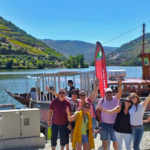Alentejo – rich with a cultural heritage
Tour the region and be thrilled by the plains as far as the eye can see that unfold alongside the Tejo. The Alentejo is a huge region characterized mainly by extensive wheat fields, huge plantations of cork oaks and olive trees that have stood the test of time, and juicy vineyards. On the coast, wild beaches of rugged and unexplored beauty. Treasures to discover in a region that has so much to offer.
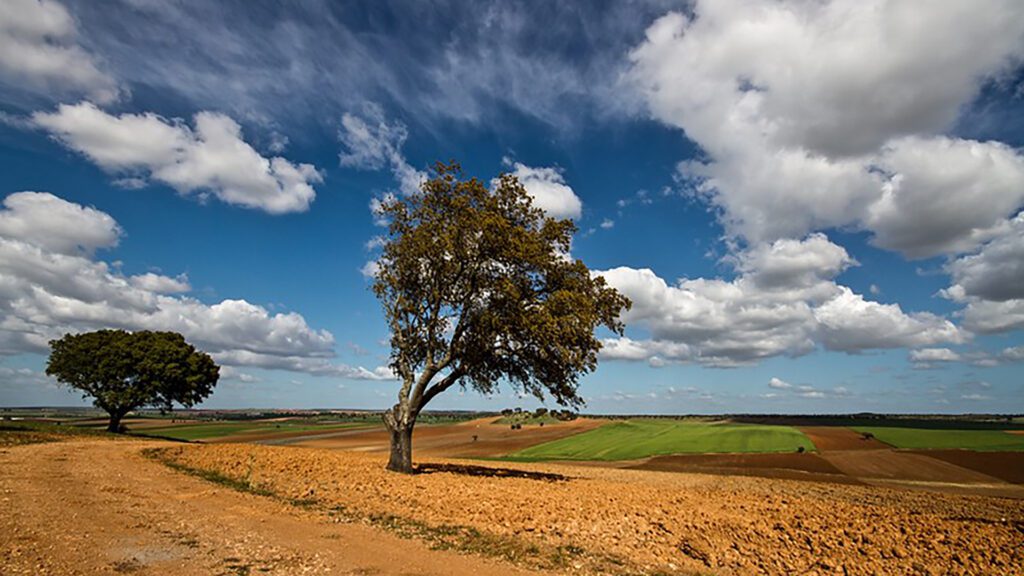
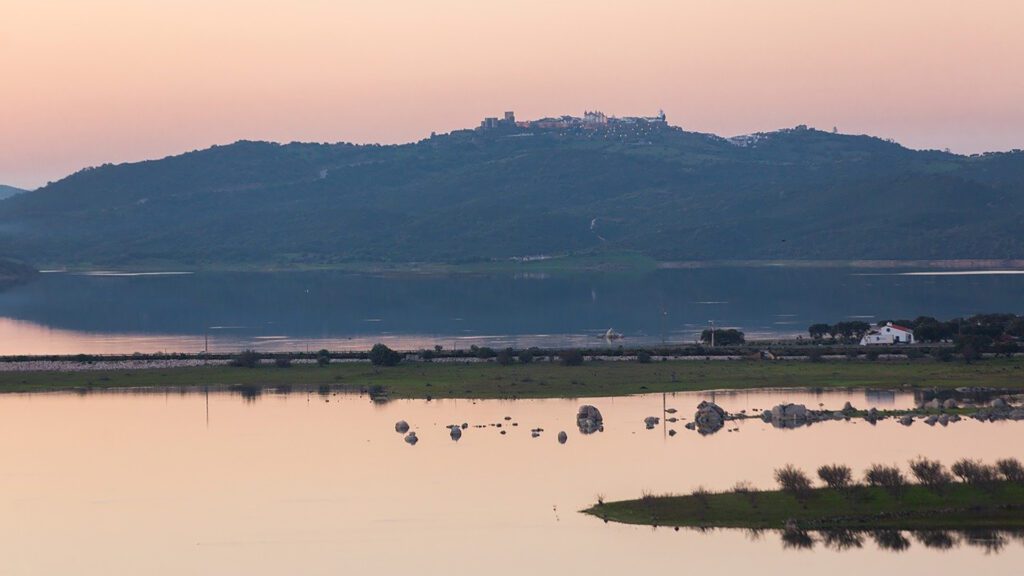
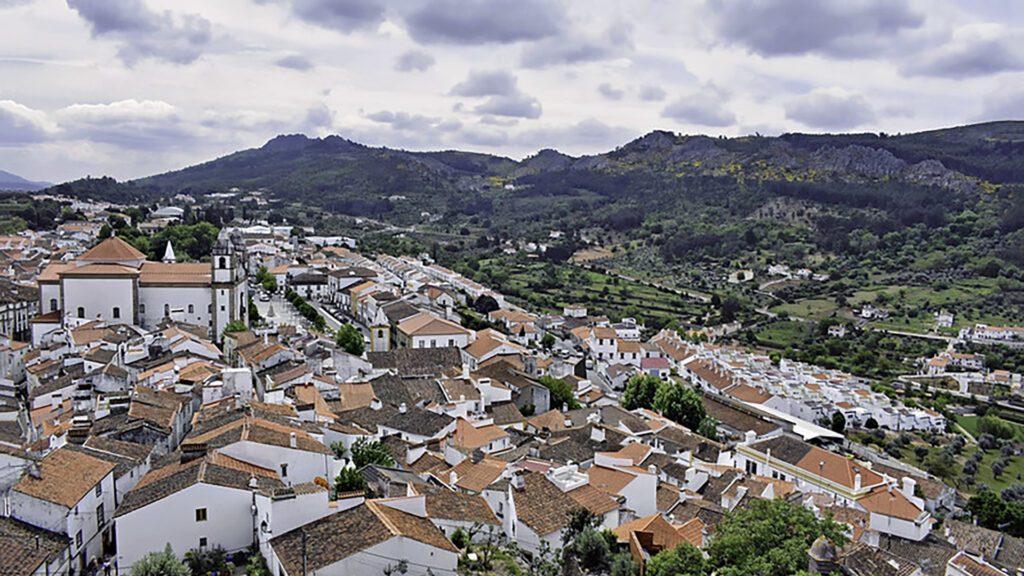
x
World Cultural Heritage Site
Between tranquility, hospitality, history, wine and wonderful gastronomy, the cities of Alentejo are true Portuguese pearls. The culture of the Alentejo lives in the heart of all humanity. Discover some of the properties and cultural assets that are inscribed on the World Heritage List, among other treasures of the region.
Évora
The historic center of Évora, a World Heritage Site, preserves vestiges more than 2000 years old, revealing Roman, Visigothic and Arab influences. From the Roman temple to the Cathedral, passing by the Church of São Francisco and the Chapel of Bones, the Manueline window of the house of Garcia de Resende, the Palace of D. Manuel, the University of Évora or the Praça do Giraldo, the beauty of Évora crosses time. Walking through its historic center is like stepping into an open-air museum and exploring everything the city has to offer.
Rich in archaeological sites, the city of Évora also hides the Almendres Cromlech. A unique megalithic monument on the Iberian Peninsula, the Almendres Cromlech was discovered in 1964 by researcher Henrique Leonor Pina while he was surveying the Geological Chart of Portugal. The relevance of this cromlech is not only due to its large dimensions, but also to the good state of conservation in which it is found. Shrouded in an aura of mysticism and enchantment, the Cromeleque dos Almendres is an authentic time machine. It is part of the Megalithic Circuit of Évora, along with other monuments and has been a National Monument since 2015.
x
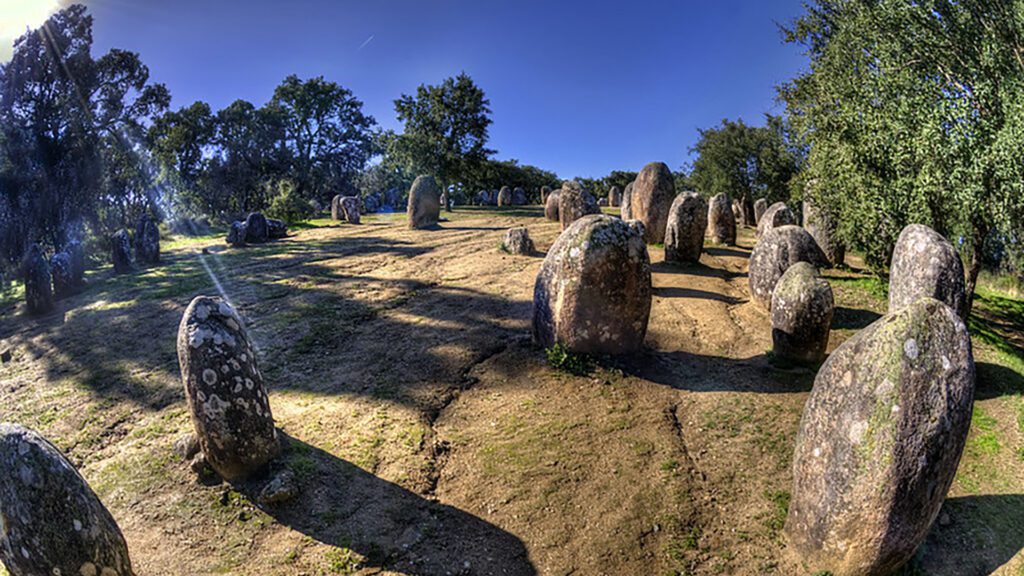
x
Elvas
The border town of Elvas and its fortifications were awarded World Heritage status in 2012. The history of Elvas, Queen of the Border, is written on every stone of its fortifications. The walls, the medieval fence, the three forts, the historic center, the Amoreira Aqueduct, the forts of Santa Luzia and Nossa Senhora da Graça extend over 300 hectares and make the city the largest bastioned fortress in the world.
Take the opportunity to taste the Plums d’Elvas, a typical product of Elven gastronomy. Its preparation and confection, whether dried or in syrup, is one of the centuries-old traditions of the region, made from Rainha Cláudia plums. This fruit, made in syrup, accompanies the traditional sericaia, a typical sweet that is very popular.
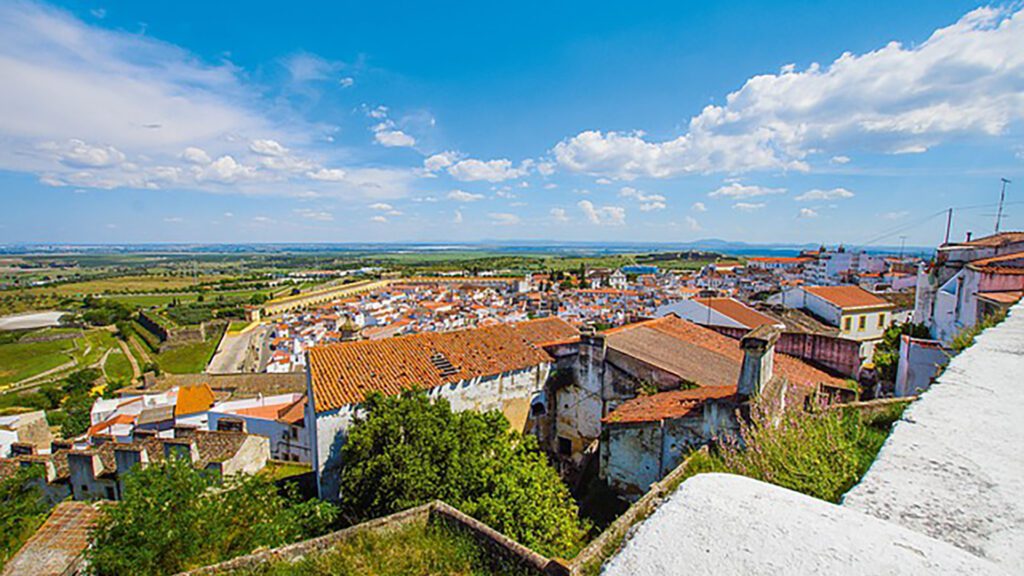
x
Cante Alentejano
Portugal’s cultural heritage includes a very genuine musical expression that is unique in the world: Cante Alentejano. Sung in chorus and without any recourse to musical instruments, Cante Alentejano is a popular manifestation characteristic of the various municipalities of the district of Beja, in the Baixo Alentejo region. It has always taken place in informal contexts, during work in the fields or at times of celebration and, although it is not specific to any gender or social stratum, it is often associated with the rural classes, which were formed in a region where agricultural industrialization and mining developed during the late 19th century and the 20th century. At pilgrimages and festivals, in associations and taverns, Cante groups fill the air with stories of the countryside, of melancholy, of love and longing. Stories so beautiful that they have reached the ears and hearts of the world, becoming Intangible Cultural Heritage of Humanity.

x
Stargazing
As the sun dips low on the horizon, head up the Guadiana to the great lake of Alqueva. The Alqueva region is now one of Portugal’s most fantastic destinations. The construction of the Alqueva dam gave rise to the largest artificial lake in Western Europe, completely changing the landscape. When night comes, the villages lower their lights and the sky lights up. It’s time to enjoy the magical spectacle in a protected and internationally certified area, registered as a “Starlight Tourism Destination” reserve: the Dark Sky Alqueva. The quality of the sky in Alqueva allows a large number of celestial objects to be observed with the naked eye. An amazing experience, one not to be missed.

x
Villages that hold memories
Nicknamed “Museum Village“, Mértola is a place of confluence of the most interesting and complex historical and cultural heritages in Alentejo lands. Built on a promontory overlooking the Guadiana River, Mértola still holds traces of countless civilizations that have occupied and shaped it for millennia.
In the heart of the Serra de S. Mamede Natural Park, Marvão is one of the most emblematic and beautiful villages in the Alentejo. Visitors are immediately captivated by the spectacular landscape, the exemplary preservation of the town, with its white houses, and an important natural and built heritage.
Memories are also what linger in the old Jewish quarters, especially in Castelo de Vide. Easily charmed by the charm of this village, here we find one of the best preserved Jewish quarters in Portugal. Don’t miss the visit to the old synagogue, now a museum, and take the opportunity to stroll through the streets and see the Jewish presence in their names and the signs of the cult of Hebrew generations, in the granite doors.

x
The Alentejo Coast
When the heat presses and the body asks for a bath in the sea, the perfect destination is the Alentejo coast. With over 140 km of beaches to discover, it is the best preserved coastline in Europe. From Tróia to Zambujeira do Mar, passing through Almograve, Malhão, Melides, Arrifana, Odeceixe, Porto Covo, São Torpes and so many other almost secret ones, it is difficult to choose where to put down the towel or grab the board.
x
The Rivers and Reservoirs
In the heart of the Alentejo, the fresh water of the rivers awaits you in magical places. If you like river beaches, follow the banks of the Tagus, Guadiana or the immense mirrors of the reservoirs and refresh yourself on beaches such as Tapada Grande, Alamal, Monsaraz, Mourão, Amieira and Santa Clara. With its serene beauty, the Alentejo offers countless irresistible destinations that never fail to surprise and seduce visitors.
x
x

